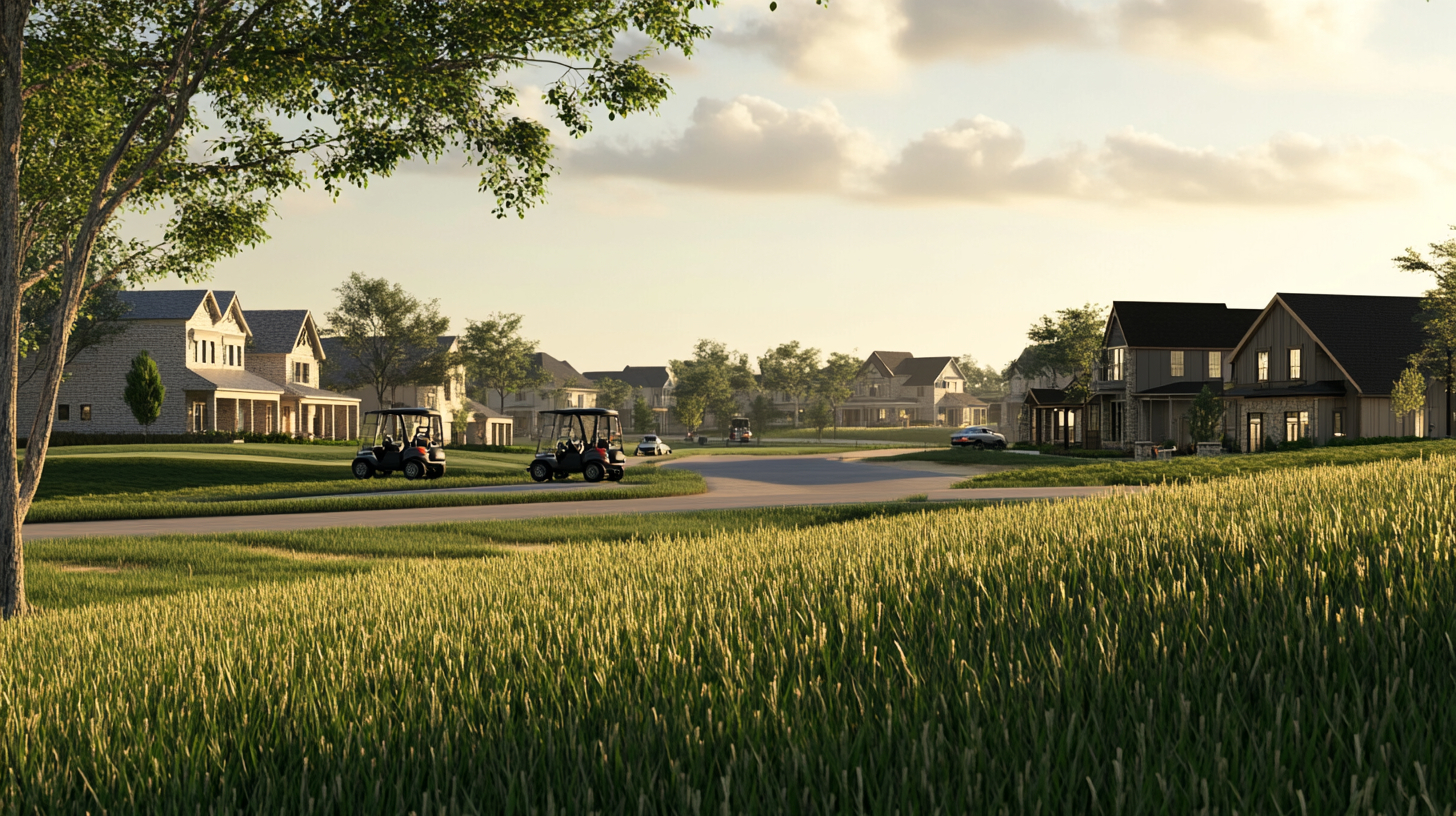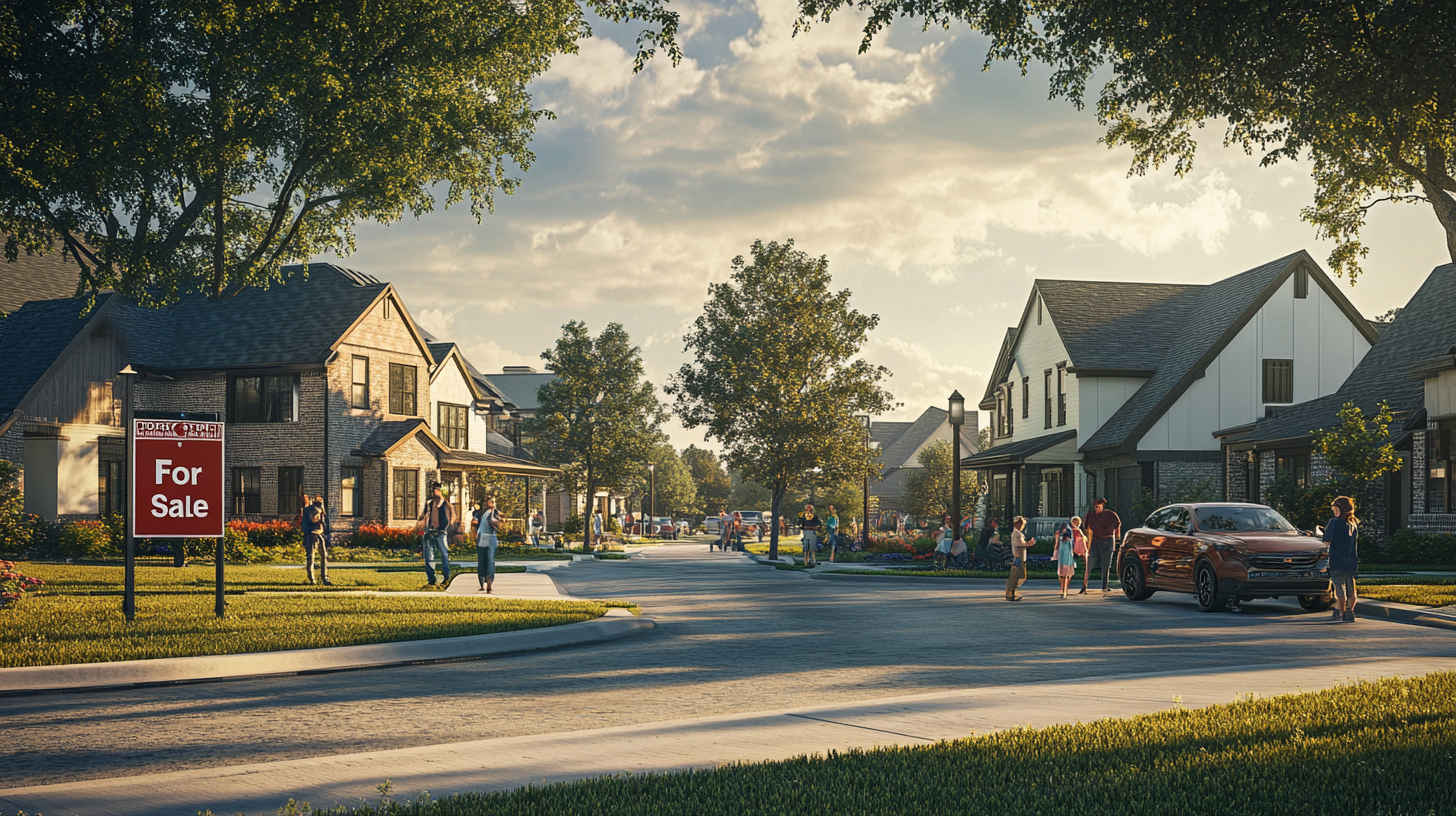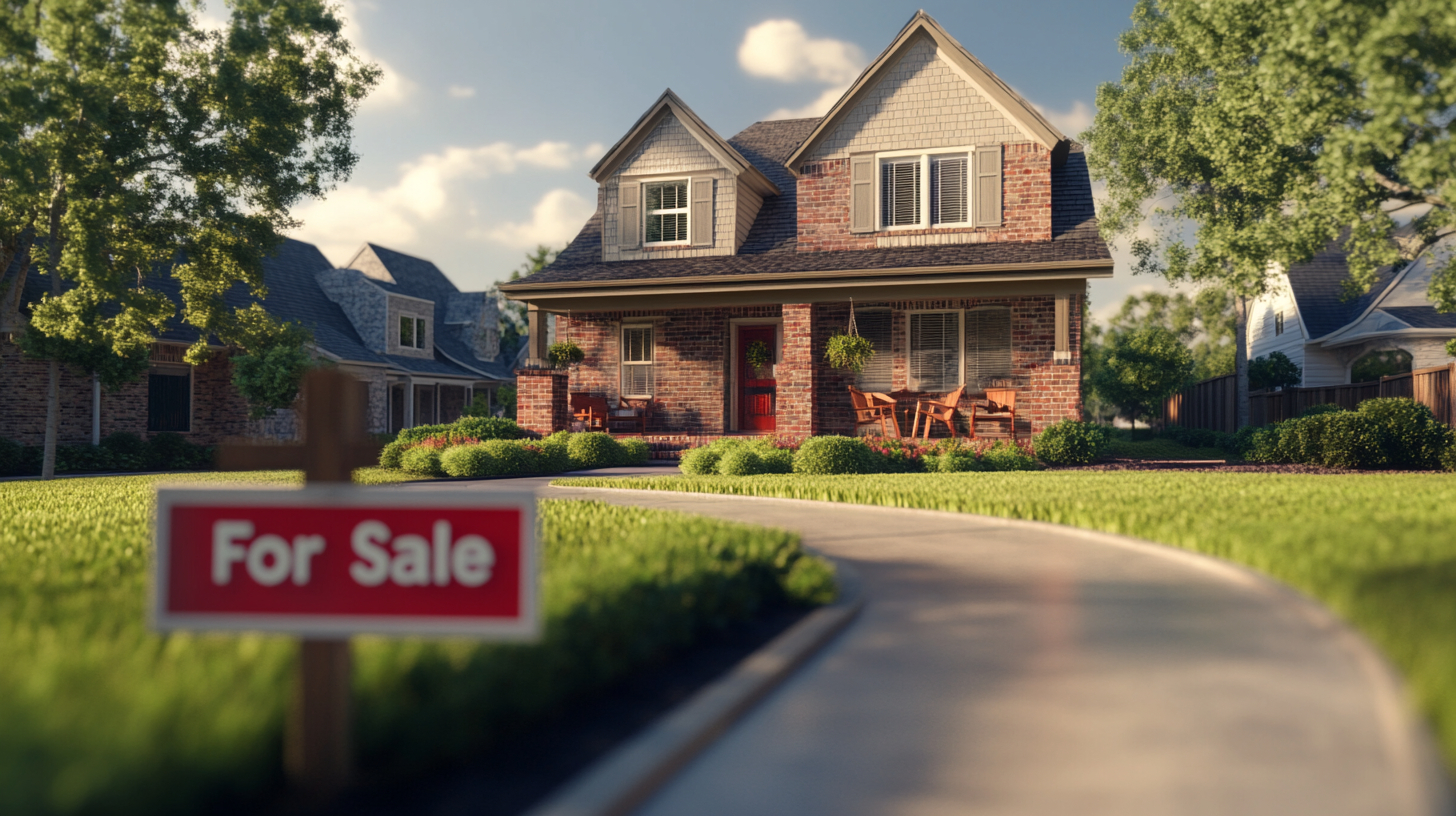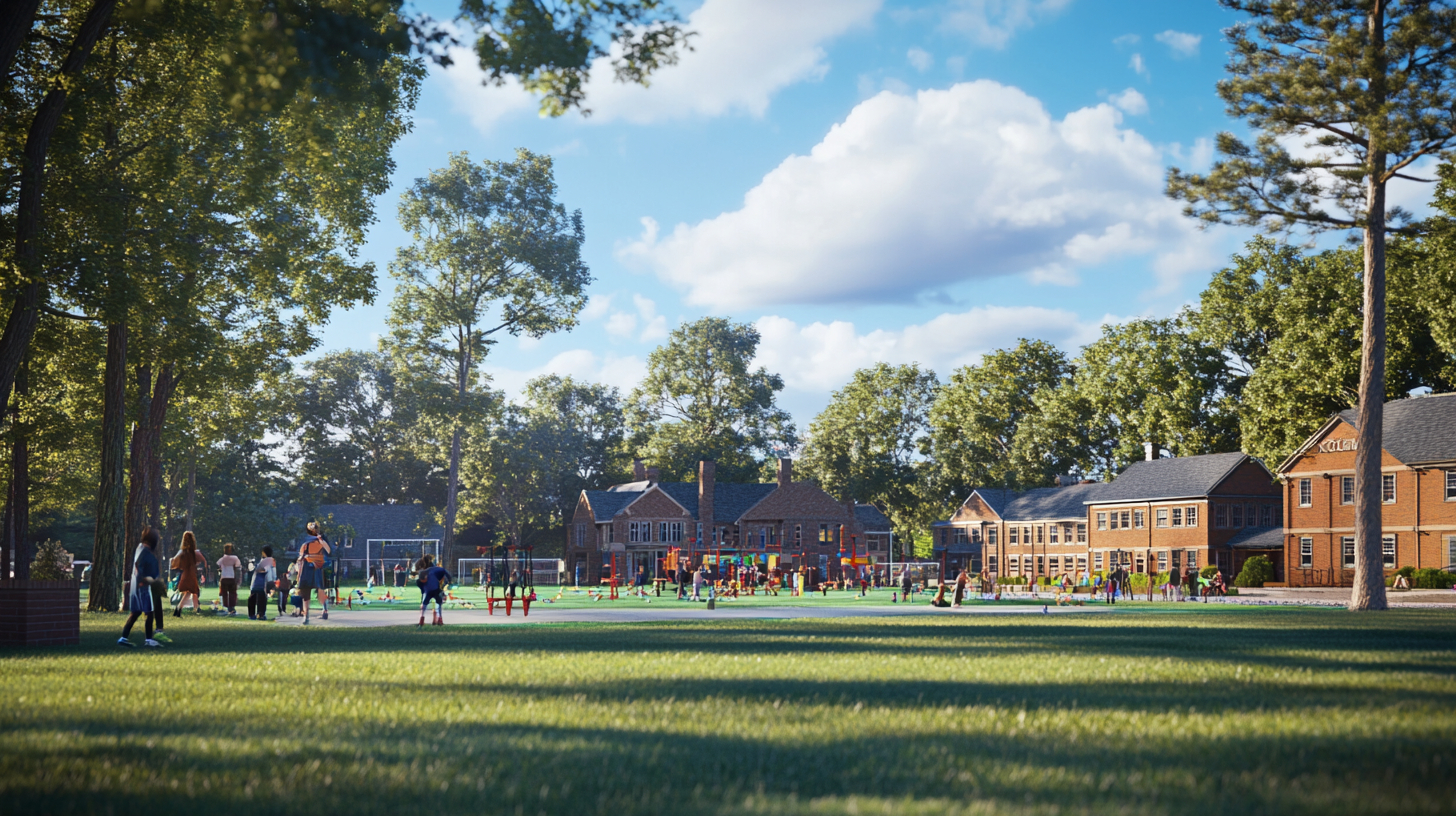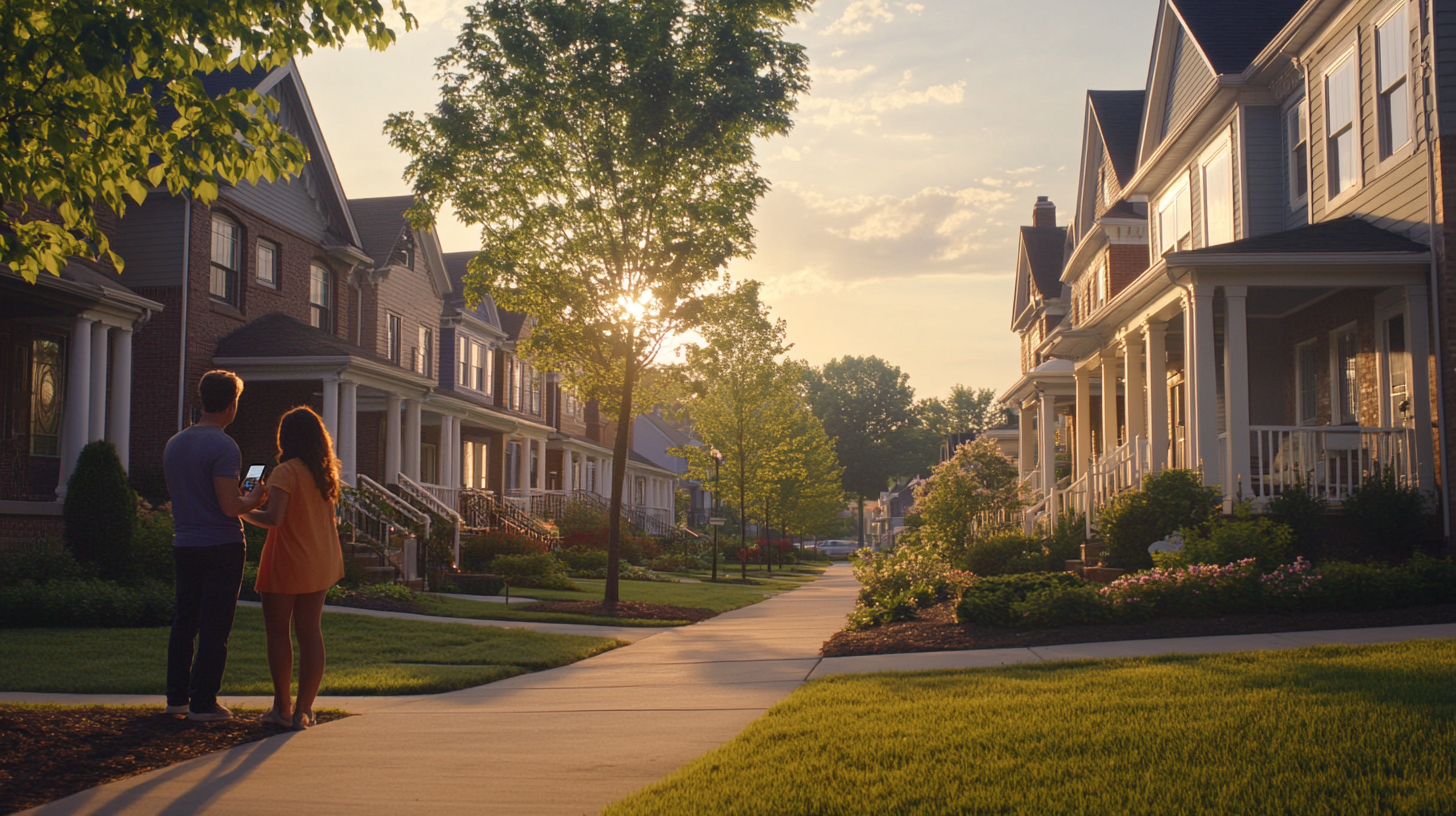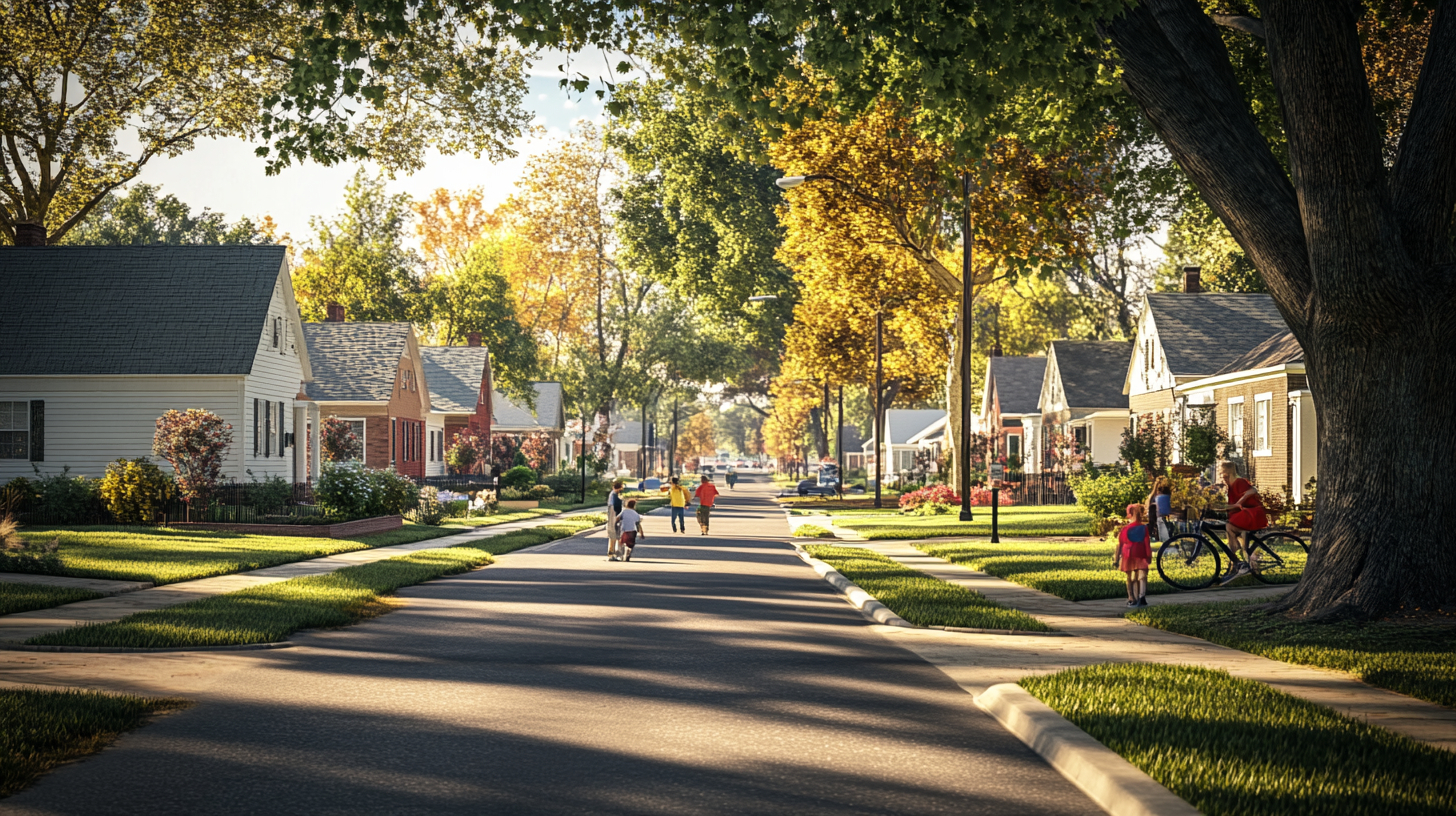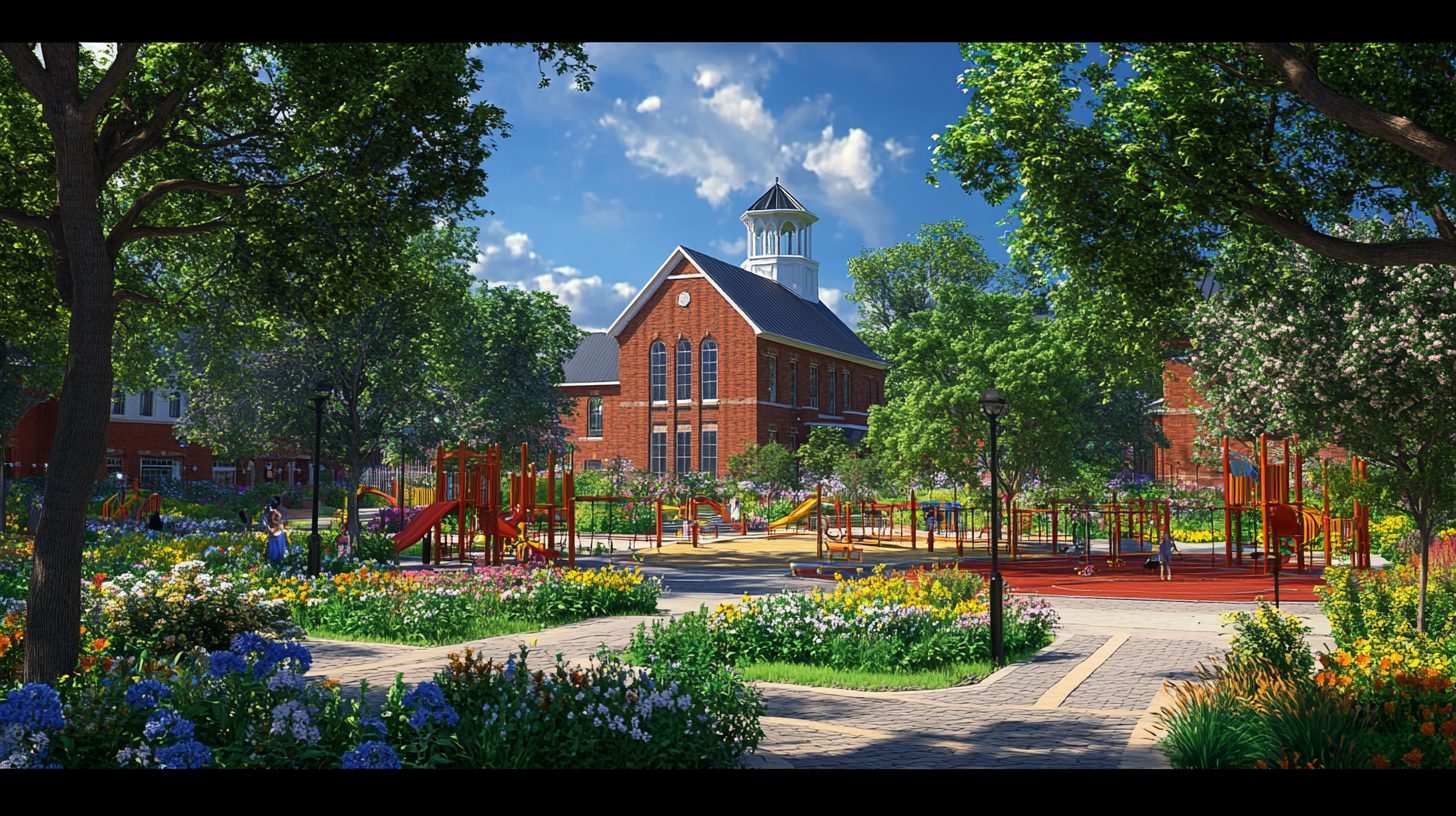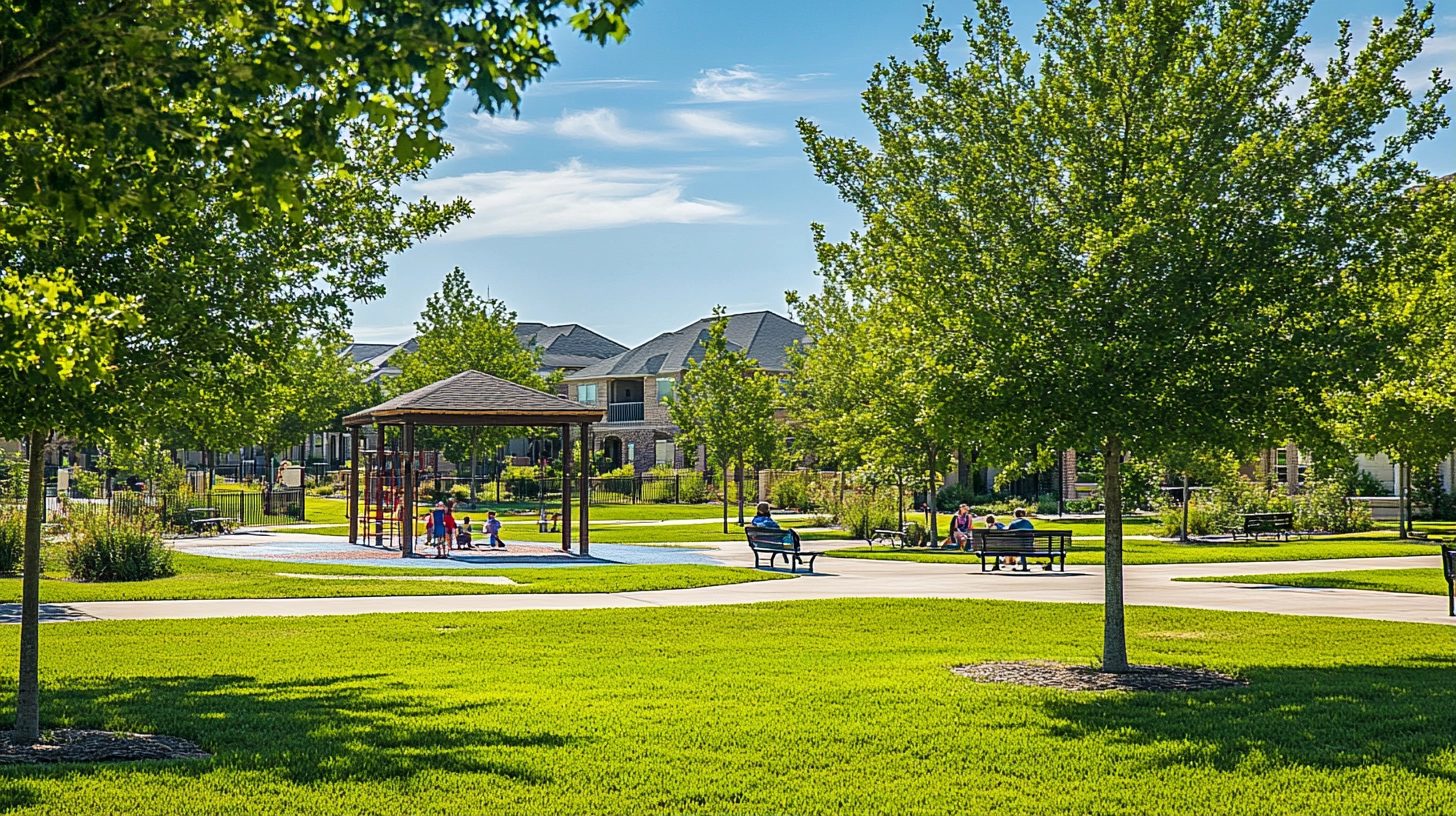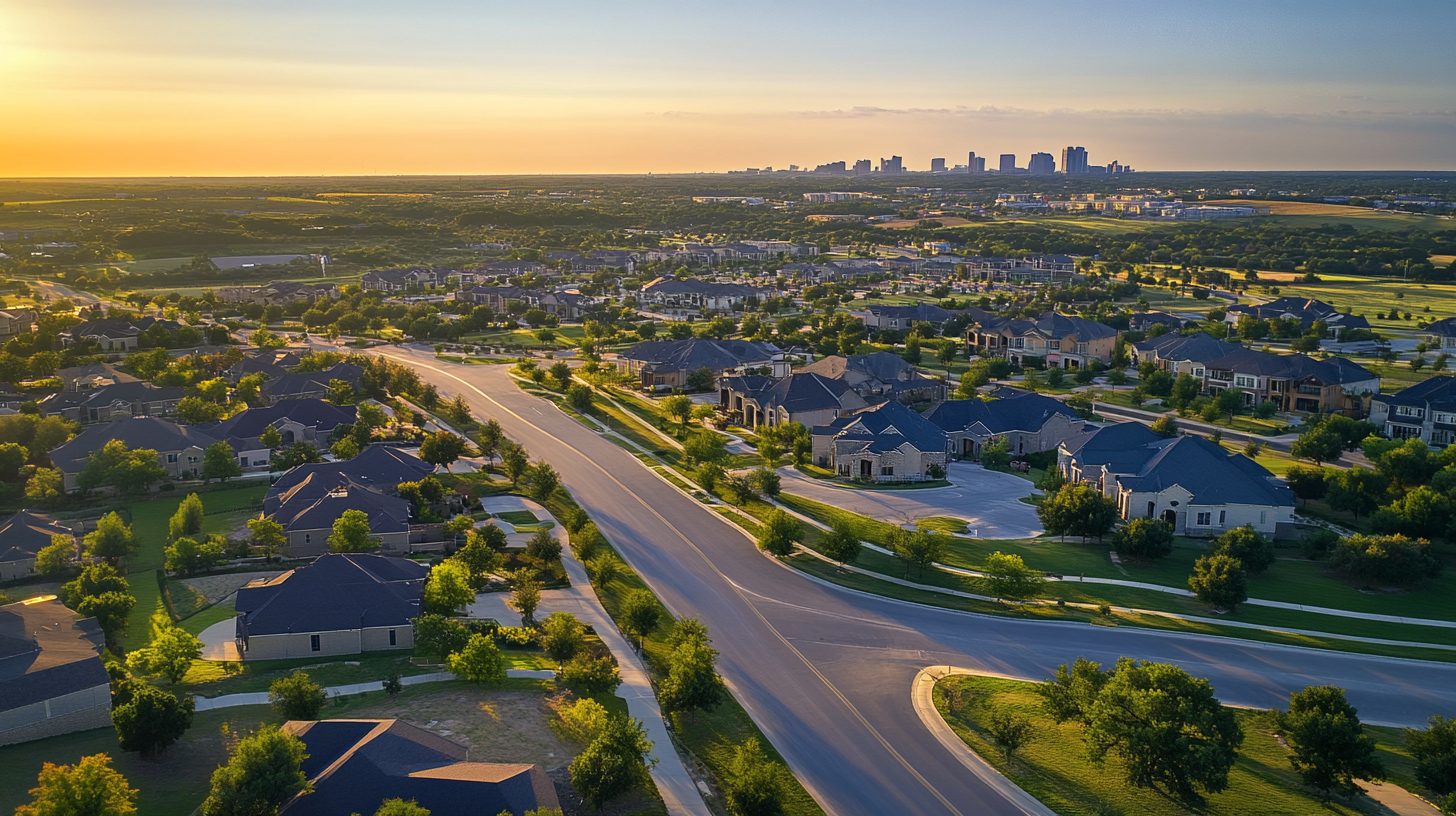Prosper in a Blink
Prosper sits about thirty miles north of Dallas. Not quite small-town, not quite big-city suburb. Median household income? Roughly 150 k. New-construction rooftops dotting former cornfields. Think golf carts on Saturday, rush hour on 380 Monday morning.
Why does that vibe matter? Because time-in-home intertwines with two things Prosper does well: fast appreciation and community roots. The longer you stay, the more both work in your favor—most of the time. Let’s hit the clock.
The Not-So-Secret “2-to-5 Rule” (and Why It Exists)
Real estate insiders mumble about a “five-year rule.” Some say two. The math behind it is simple but surprisingly few owners run it.
Upfront costs
- Buyer’s side: loan origination, appraisal, inspections—usually 2% to 4% of the loan.
- Seller’s side later: agent commissions, title fees, possible HOA resale certificates—often 6% to 8% of the sale price.
Break-even timeline
- Year one: You’re almost always underwater once those fees show up.
- Years two through five: Mortgage principal slowly drops, the market (hopefully) inches up, and equity finally outpaces transaction costs.
Capital gains guardrails
- Hang on for two full years and you can exclude up to 250 k in profit from federal capital gains tax if you’re single, 500 k if married filing jointly.
- Bail after 23 months and the IRS knocks on the door. Ouch.
In a normal US market that two-year mark is the bare minimum to avoid tax headaches. Four to five years is where you usually see real profit after fees.
But “normal US market” is a fairy tale. Let’s zoom into 75078.
Prosper’s Numbers: The Good, The Weird, The Trending
Quick hits from the latest NTREIS data:
- Median sale price: about 879 k this spring, down 2.3% year-over-year after a 39% rocket ride during 2020-2022.
- Days on market: 36.
- Price per square foot: roughly 260 dollars.
- New building permits: still rising, though at a slower clip as materials cool off.
Translation: Prosper went from hidden gem to front-page darling fast. That rocket phase covered a lot of ownership sins. Bought in 2019? You could flip after eighteen months and look like a genius. Today the jet fuel is thinning. Appreciation is still there—just not double-digit monthly.
What does that mean for timing? Owners now need to lean back on fundamentals, not FOMO headlines.
Five Clocks You Should Actually Track
Forget one universal answer. You juggle at least five in-house timers:
- Mortgage pay-down
- Check an amortization chart. By month 24 you’ve only shaved off about 3% of principal on a 30-year note. By month 60 you’re closer to 8% to 9%. That difference is real cash in your pocket at closing.
- Market appreciation
- Prosper’s long-term average sits near 4% yearly. Short bursts skew higher but don’t bank on them.
- Interest rates
- If you locked a 3% fixed in 2021, selling now and buying again means potentially swapping it for a 6.5% loan. Equity gain might vanish under a bigger monthly payment.
- Life chapters
- Job commute flipped? Baby number three on the way? Health issues? Personal triggers override spreadsheets every day of the week.
- Tax calendar
- Hit the two-year residency rule. Grab that exclusion. Period.
Jot those on a sticky note. Every quarter, eyeball them. You’ll sense the right window long before Zillow tells you.
A Quick Cost-Benefit Walkthrough
Let’s toss real numbers on the table. Say you bought at 700 k in 2021 with 10% down. Closing costs were 16 k. Fast-forward to spring 2024:
- Home value today: 830 k (about 9% yearly appreciation).
- Mortgage balance: 560 k.
- Equity: roughly 270 k.
- Seller closing costs if you list now at 6%: 49 k.
Net cash at closing would land near 221 k. Subtract the original 70 k down payment and those 16 k buyer fees and your pure gain is about 135 k. Nice on paper.
Now shift the timeline to 2026 assuming Prosper returns to a moderate 4% annual rise:
- Projected value: 897 k.
- Mortgage balance after two more years of payments: 535 k.
- Seller costs: 54 k.
- Cash in hand: roughly 308 k.
- Pure gain after subtracting initial out-of-pocket: turns into 222 k.
Short story: hanging on two more years nets about 87 k more, not counting the tax exclusion you’d still enjoy either way. Would that extra chunk change your next purchase power? Only you know.
When Selling Sooner Still Makes Sense
Sometimes the spreadsheet bows to real life. A few Prosper-area owners should absolutely ignore the five-year whisper:
- You snagged a corporate relocation package that eats commission fees.
- Divorce or death claims the spare bedroom before appreciation can.
- You bought new-construction with builder incentives, values tanked, and staying would sink you further.
- Interest rates tumble again and you plan to swap into a bigger home without ballooning the payment.
If any of those ring a bell, talk to a local pro, run comps down to the street, and move forward without guilt.
Sneaky Costs People Forget
Staying put has its own tab. Keep these under your hat:
- Property taxes in Prosper climbed 8% last year. On an 800 k assessment that is a 500-dollar bump every single month inside your escrow.
- Maintenance escalates once the builder warranty wears off. Roof tune-ups, fence staining, HVAC service—2% of value annually is a safe estimate.
- Opportunity cost. Your equity might work harder in a different deal: rental property, index funds, or college tuition that avoids student-loan interest.
Run those against potential appreciation. If the scales tip, the sign in the yard makes sense earlier.
Five-Minute Equity Check (Do It Tonight)
- Pop open your mortgage statement. Note the unpaid balance.
- Jump on a Prosper-specific CMA site or call a REALTOR® friend for a realistic sale range.
- Multiply the midpoint value by 0.92 to factor average closing fees.
- Subtract the mortgage.
- Compare that figure to your initial cash in.
Positive, and above your next down payment goal? Green light. Negative or razor thin? Maybe hold.
Where Prosper Might Be Heading
No crystal ball, but watch these signposts:
- Highway 380 expansion. Faster commute equals higher price ceiling.
- PGA of America HQ ripple in nearby Frisco. Pros pay good money to live one exit away.
- Intel chip plant rumors north of McKinney. Tech salaries plus limited land equals scarcity price bump.
- School district bond capacity. Prosper ISD growth caps will eventually slow new builds, creating supply pressure on resales.
If even two of those hit full stride, the old five-year mantra may stretch to seven or eight if you crave maximum equity.
Gut Check: Are You Ready to List Tomorrow?
Ask yourself:
- Does my next move improve life, not just my spreadsheet?
- Am I walking away from an irreplaceable sub-4% mortgage rate?
- Is my equity cushion thick enough for the next down payment plus closing plus movers plus new furniture I’ll inevitably buy?
- Can I tolerate showings, inspections, and last-minute repair requests without losing my cool?
If you clear that gauntlet, timing might be ripe.
Action Steps You Can Take This Week
- Pull a free home equity estimate online.
- Schedule a chat with a Prosper-area lender to see what today’s rate does to your budget.
- Tour two active listings similar to yours. First-hand vibe beats screen scrolling.
- Draft a two-year personal roadmap with spouse or trusted friend. Career, kids, hobbies—see where housing fits.
- Decide on a “trigger number” for equity or sale price that instantly moves you from maybe to yes.
Ready to Make a Change?
Owning for at least two years in Prosper usually shields you from tax hits. Staying four to six often unlocks true profit after fees. Beyond that the decision shifts from math to lifestyle. Track your mortgage balance, keep an eye on those 380 traffic updates, and listen to your gut.
When the day feels right, reach out. A local agent who actually knows the difference between Windsong Ranch and Star Trail can give you the clarity you’re hunting for. Until then, sip your iced tea, watch the kids’ soccer match, and let time do its thing.

